Last week, we looked at a new pilot programme being undertaken at Teagasc to contract rear male dairy calves. In a nutshell, these calves are sent to contract rearing farms in the north-west at three weeks of age, where they are reared until mid-April of the following year, before going on to a second rearing farm until finishing.
In a contract rearing system, ownership of the calf remains with the dairy farmer, but the calves are reared on a different holding with little or no day-to-day management input from the dairy farmer.
The contract rearer gets a daily fee for looking after the calf – in the Teagasc programme, it is €3/hd/day during the milk feeding period and €1.20/hd/day thereafter, plus a bonus of €1.75/kg for every kilo over certain weight targets. At the end of the rearing period, the dairy farmer sells the animal and keeps the proceeds.
The advantages of this system is that it reduces some of the risk to the person rearing the calves. The biggest risk is beef prices at the end of the rearing period, but there are also risks around daily liveweight gain, animal health and mortality.
The disadvantage for the contract rearer is that they don’t have ownership of the stock. The disadvantage for the dairy farmer is that they have to pay a monthly rearing fee, but don’t get any income from the venture until the animal is sold
The contract rearer is also getting a monthly income, as opposed to an income at the end of two years, in the case where the animal is purchased. For the dairy farmer, they are retaining ownership of the animal without having to do the work with them.
The disadvantage for the contract rearer is that they don’t have ownership of the stock. The disadvantage for the dairy farmer is that they have to pay a monthly rearing fee, but don’t get any income from the venture until the animal is sold and they forego the calf sale value, which they normally get at a few weeks of age. They are also taking all of the risk associated with beef/stock prices and take most of the risks surrounding poor animal performance, although the Teagasc programme somewhat addresses this.
What about the financials? Can both parties generate a financial return which justifies the exercise? If the animals are at the contract rearers for, say, 23 months (one month of age at transport and slaughtered at 24 months), the total cost will be €912/hd, excluding any performance bonuses. These performance bonuses can increase the overall daily rate by up to 15c/hd/day, but would mean the animal is fit for slaughter quicker.
No animals have been slaughtered yet, so performance can only be estimated
If they are held on the dairy farm for two weeks longer than normal, each calf will consume €17 worth of milk. Calves should be vaccinated for blackleg and treated for coccidiosis before transport, which costs about €10/hd. Haulage and kill costs come to €40/hd, so the total cost of rearing for the dairy farmer will be €979/hd.
The opportunity cost of selling the calf at two weeks of age should be factored in at this stage. Based on a mix of Holstein Friesian and beef breeds, calf price could average €150/hd. This brings total costs for the dairy farmer to €1,129.
Looking at calf rearing costs in the Thrive programme, average total variable costs for early and late maturing steers, excluding calf price, is €622/hd when one bag of milk replacer is fed. When labour costs of €100/hd and the opportunity cost of land rent at €140/ac (€86/hd) is included, the total costs to the contract rearer for keeping the animal to slaughter weight is €808.
This leaves a margin of €104/hd between the contract rearing income and the costs of rearing, a charge for labour and land. Coupled and uncoupled payments are excluded. Where own labour and land costs are excluded, margin increases to €290/hd.
No animals have been slaughtered yet, so performance can only be estimated. Presuming carcase weight will be 300kg and beef price is €3.60/kg, the total revenue should be €1,080/hd, leaving the dairy farmer with a net loss of €49/hd, after the cost of the calf is factored in.
This financial analysis is crude. A lot depends on the performance of the animal and the beef price at the time of slaughter. Every 10c/kg change in beef price is worth €30 and every 10kg change in carcase is worth €35 to €45/hd.
Risks are being shared on both sides. Probably the fairest thing to do with any profit is to split it equally between both parties, as neither the contract rearer nor the dairy farmer is getting rich out of it. The quality of the calf will be critical. High-DBI beef breeds will have higher liveweight gains. Perhaps the best time to sell these animals is at one year old?



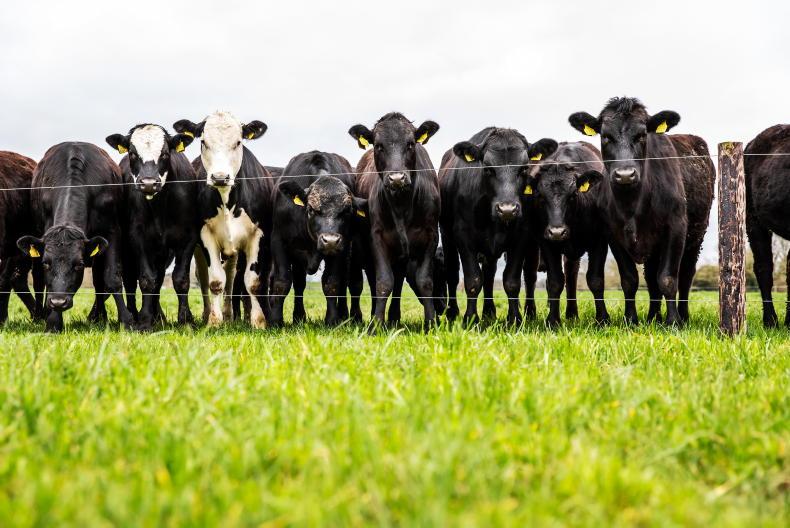

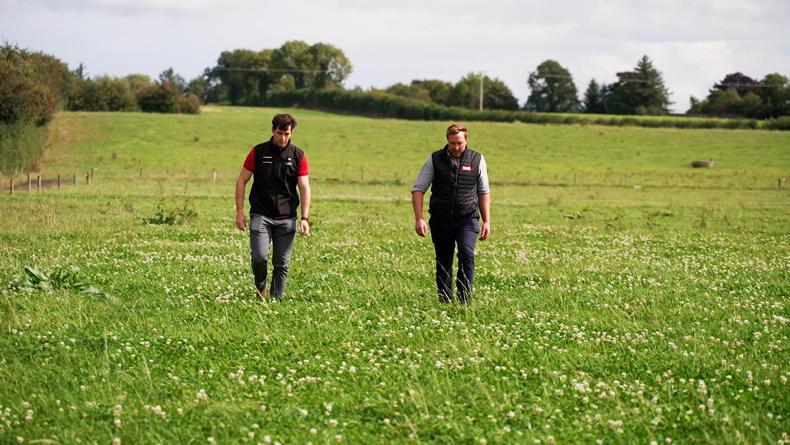
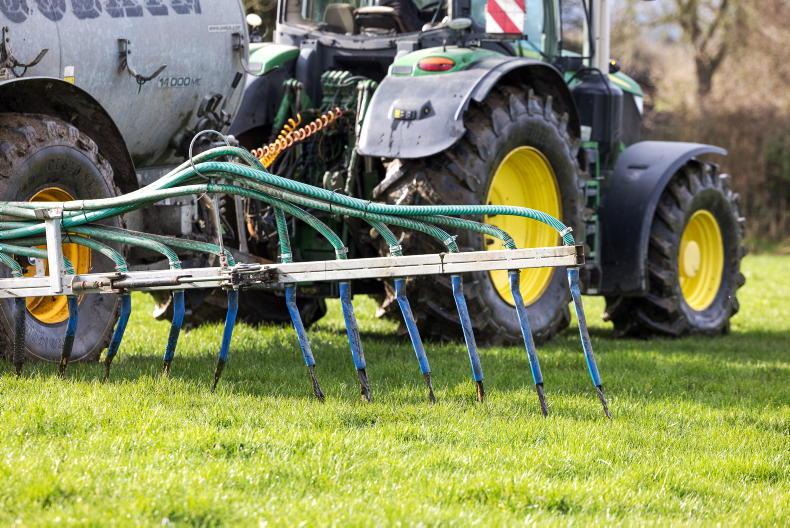
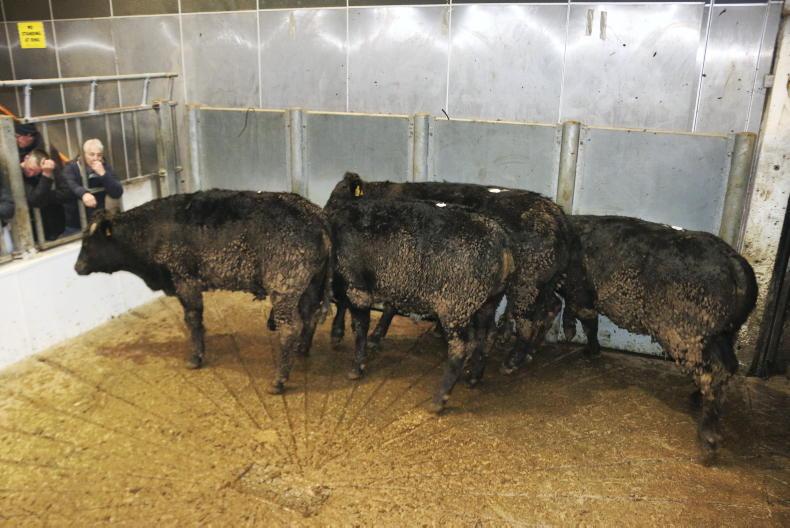
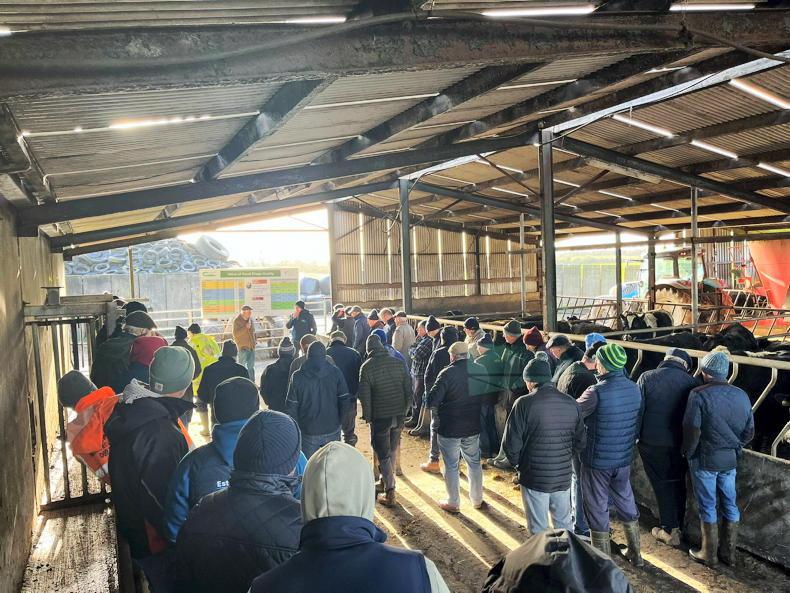
SHARING OPTIONS